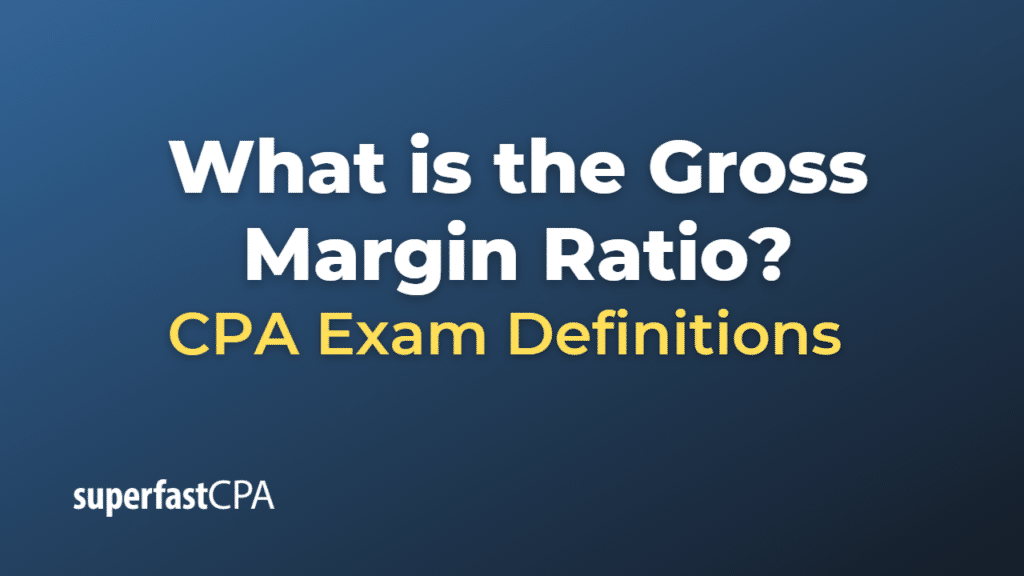Gross Margin Ratio
The Gross Margin Ratio, also known as Gross Profit Margin, is a financial metric used to assess a company’s financial health and business model by revealing the proportion of money left over from revenues after accounting for the cost of goods sold (COGS).
The Gross Margin Ratio is calculated as follows:
\(\text{Gross Margin Ratio} = \frac{\text{Gross Profit}}{\text{Total Revenue}} \times 100\% \)
Where:
- Gross Profit is calculated as Total Revenue minus the Cost of Goods Sold. It represents the profit a company makes after deducting the costs directly associated with making and selling its products, or providing its services.
- Total Revenue is the total receipts from selling a firm’s goods and services.
The Gross Margin Ratio is expressed as a percentage. A higher percentage indicates that a company retains more on each dollar of sales to cover its non-production costs and/or generate profit. It’s a key indicator of a company’s profitability and efficiency.
However, it’s important to note that what may be considered a “good” gross margin can vary greatly by industry, so companies are often compared with industry peers.
Example of the Gross Margin Ratio
Imagine a company, “ABC Tech”, that manufactures and sells electronic devices. For the last fiscal year, ABC Tech reported:
- Total Revenue: $5,000,000
- Cost of Goods Sold (COGS): $3,000,000
We can use these figures to calculate the Gross Profit and Gross Margin Ratio as follows:
- Calculate the Gross Profit: Gross Profit = Total Revenue – COGS = $5,000,000 – $3,000,000 = $2,000,000. This means ABC Tech made $2,000,000 after subtracting the direct costs of producing the electronic devices.
- Calculate the Gross Margin Ratio: Gross Margin Ratio = (Gross Profit / Total Revenue) x 100% = ($2,000,000 / $5,000,000) x 100% = 40%.
So, ABC Tech’s Gross Margin Ratio is 40%. This means that for each dollar of sales, ABC Tech retains $0.40 after accounting for the direct costs associated with producing its products. This remaining $0.40 can be used to pay for other business expenses such as R&D, marketing, administrative costs, etc., or contribute to net profit.
Remember, a high Gross Margin Ratio isn’t always indicative of a successful company. The ratio must be compared to those of industry peers for a more accurate picture, and other financial health indicators should also be considered.













